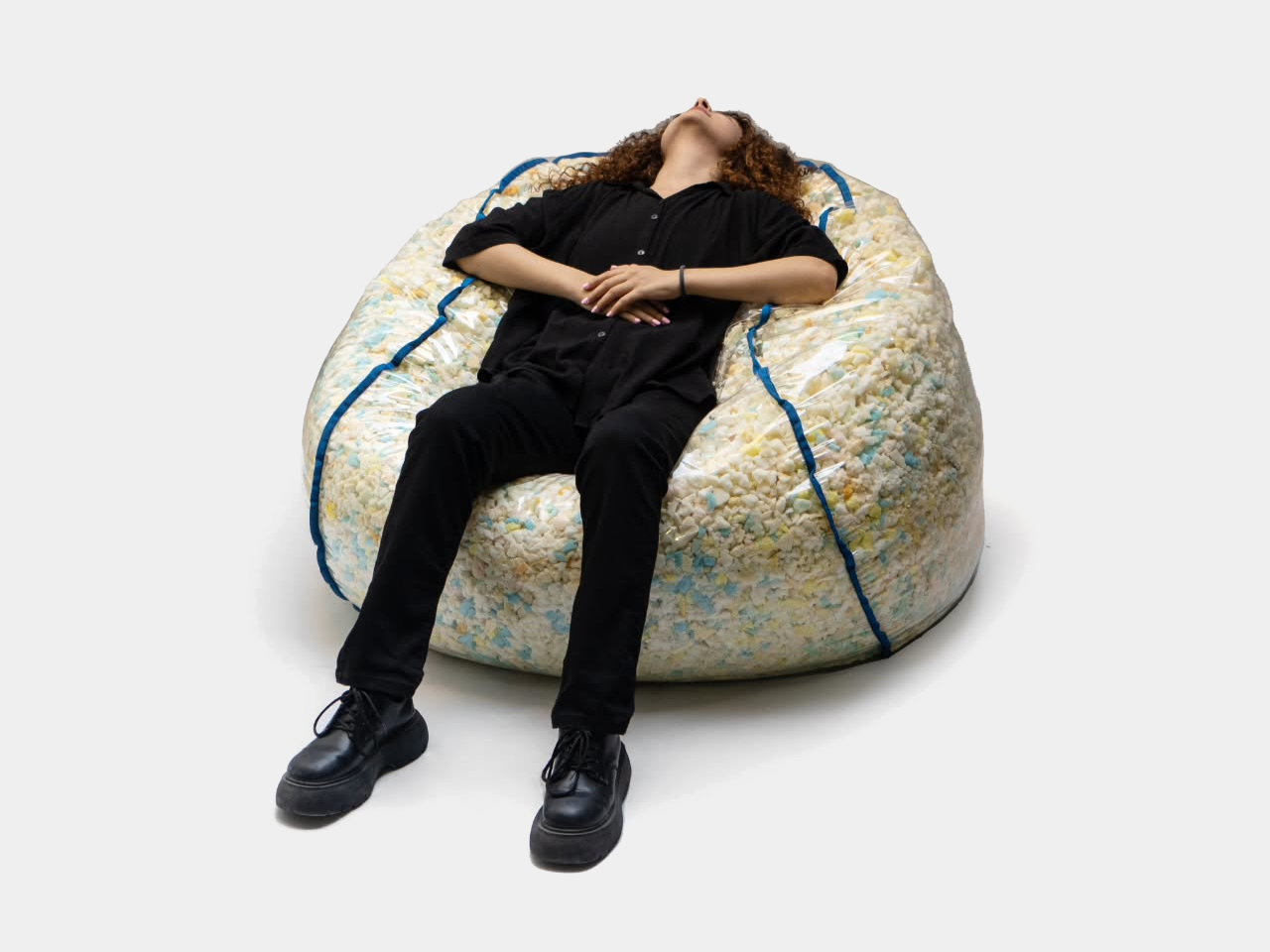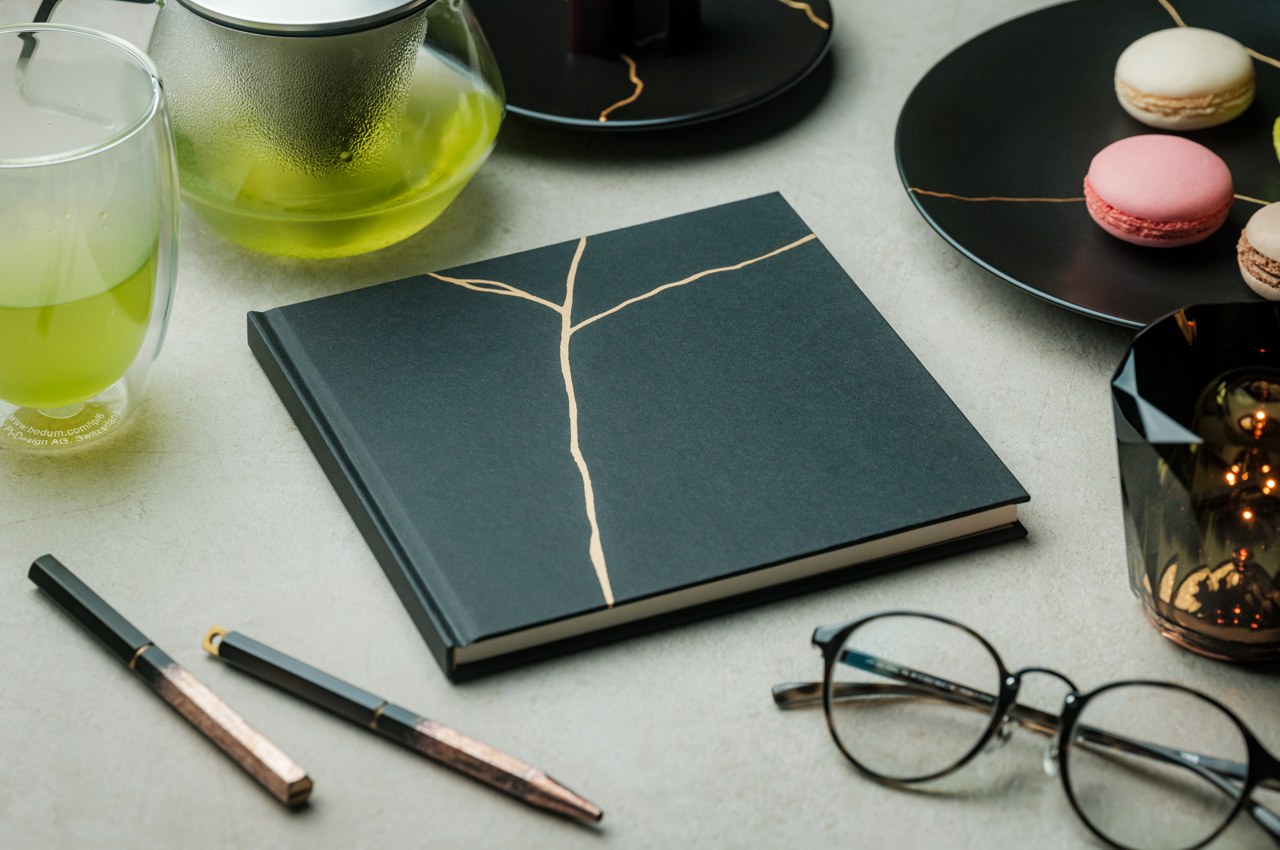Standing floor lamp uses recycled leather to mix urban boldness and cozy warmth
![]()
Lamps do more than just illuminate our surroundings. They can very well change the mood in a room, especially ones whose designs are visible to everyone. The lights could give off a cool vibe that encourages productivity, or it could have a warm glow that makes you feel comfortable and at peace. Sometimes the lamp designs themselves turn a room’s narrative in a certain direction, from nature-inspired organic forms to minimalist, modern, and geometric shapes.
Lamp designs don’t have to be elaborate and complicated to have such effects. Sometimes, just the combination of form and materials is enough to be associated with certain themes and emotions. This standing floor lamp, for example, has a simple bar bent at an angle and a textile cover, but these already effectively convey the atmosphere of a city street mixed with the softness of a pasture.
Designer: Amuni Studio
![]()
Traditional street lamps cast a unique glow on the world of the night. Given their utility, their light can sometimes be harsh and cold, but it also offers safety and confidence in the dark of night. The shape of these lamps has almost become iconic, and one only needs to see the silhouette to make the association.
![]()
![]()
Corium is a standing floor lamp design that does exactly that, using the simple shape of a lamp arm bent forward at a slight angle. The lampshade is also nothing more than a long sheet of metal curving over the length of the light element like an arch. A layer of proprietary recycled leather is draped over this shade, adding a touch of organic texture and warmth to the composition.
![]()
![]()
![]()
In a way, Corium represents contrasting elements that find their harmony inside the modern home. There is the street lamp that is a staple of outdoor urban lighting, while leather is more closely associated with nature and fashion. Utility and luxury, coldness and warmth, light and shade all come together in a simple yet striking design that gives light in its own unique way.
![]()
Created using Luxion Technology (luxion.com)
Initially designed to be a pendant lamp, Corium is also an experiment in designing and producing a product entirely done in Latin America. In addition to components sourced locally, the talent and manufacturing involved were also done locally. It gives the lamp an even deeper narrative and a value that transcends its surface appearance.
![]()
The post Standing floor lamp uses recycled leather to mix urban boldness and cozy warmth first appeared on Yanko Design.





